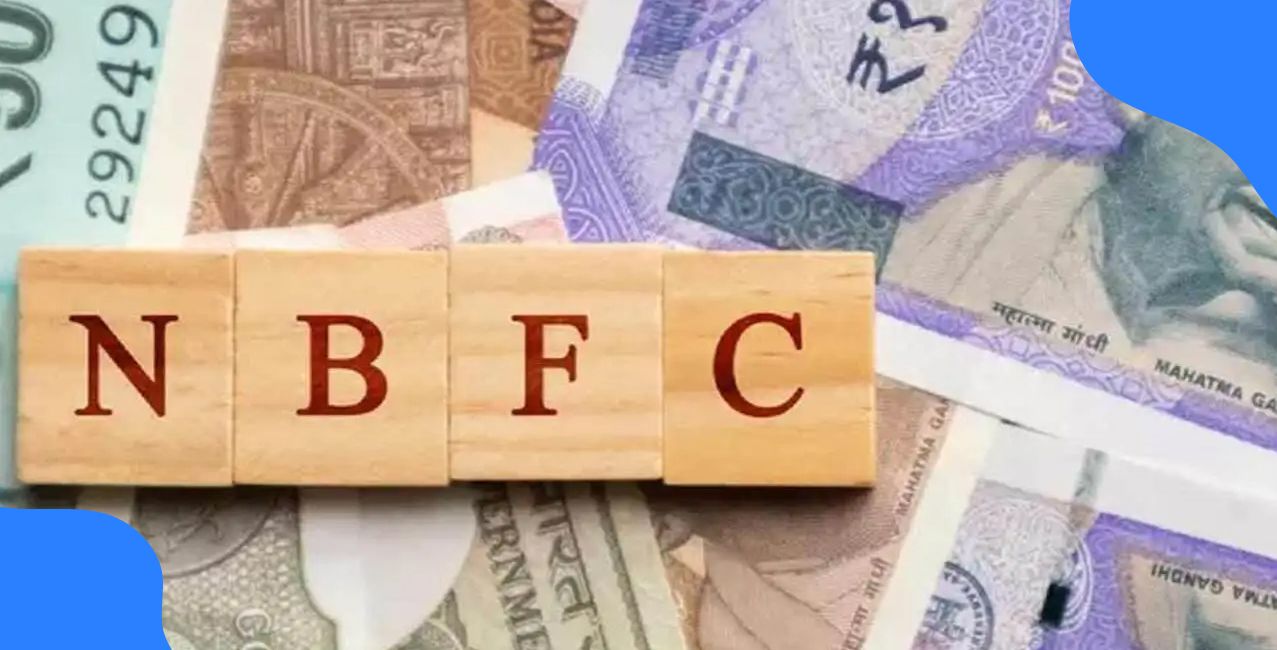
Author
LoansJagat Team
Read Time
4 Min
11 Jul 2025
NBFCs No Longer ‘Shadow Banks’, Should Aim to Reach 50% of Commercial Bank Lending: FM Sitharaman
FM Sitharaman pushes financial companies to double their credit, calls them no longer “shadow banks”
Will NBFCs in India ever match commercial banks in lending? That question gained attention this week after Finance Minister Nirmala Sitharaman urged non-banking financial companies to aim for lending at half the level of scheduled banks.
She made the statement at the 20th Foundation Day of the Financial Intelligence Unit (FIU), sparking debate about the future role of NBFCs in India's credit system.
Read More – Best Banks & Nbfcs for Low-Interest Personal Loans
So far, NBFCs have been seen as secondary lenders, filling credit gaps in rural and informal sectors. Sitharaman said it's time for that perception to change. “NBFCs are no longer shadow banks. They are regulated, compliant, and have scale. They should aim for 50% of bank lending by 2047,” she said.
The Data Behind the Call
According to the Reserve Bank of India’s Annual Report 2023-24, NBFCs’ total non-food credit stood at ₹20 lakh crore by March 2024. This marks a notable jump from ₹17 lakh crore in March 2023. The share of NBFCs in total non-food credit has increased from 15 per cent to 18 per cent in just one year.
Sitharaman’s target implies that NBFCs should work toward disbursing around ₹55–60 lakh crore in loans by 2047, considering current bank credit volumes. The task may be steep, but recent performance suggests momentum is building.
Here’s a quick look at the growth numbers as presented in the RBI's Annual Report:
Moving ahead, attention is turning to how this gap will be filled and what changes NBFCs need to make to get there.
What’s Driving the Change?
The finance minister credited recent improvements in the asset quality and profitability of NBFCs. Data show that gross non-performing assets (NPAs) in NBFCs declined from 6.4 per cent in March 2021 to 3 per cent by March 2025.
At the same time, the return on assets (RoA) has risen from 1.11 per cent to 2.4 per cent, pointing to better financial discipline and risk management practices.
Sitharaman also stressed that fair lending practices must continue as NBFCs scale. She warned against aggressive marketing and unreasonable interest rates.
The message was clear: expansion should not come at the cost of ethical conduct.
The discussion also included co-lending with banks, a model that has been gaining ground. Banks and NBFCs jointly offer credit, especially in underserved sectors.
Sitharaman asked NBFCs to actively pursue such arrangements to grow without burdening their balance sheets.
Technology and Inclusion Take Priority
The finance minister’s address also clearly pushed toward digital lending. She asked NBFCs to aim for fully digital loan lifecycles, from application to repayment, and highlighted the need for better data protection systems as digital footprints grow.
Her speech called for a 2047 vision in which at least half of all NBFC lending should go into what the government calls “GNDI sectors”: green, national development, and inclusion-driven industries.
This includes renewable energy, rural infrastructure, micro-enterprises, and other forward-looking credit segments.
Missing in Previous Reports: Structural Reforms
What did not make it into most headlines was the deeper structural reform timeline and regulatory easing that NBFCs have benefitted from in the last four years.
In 2019, the Reserve Bank of India eased the risk-weight conditions for banks lending to NBFCs. This allowed NBFCs to access cheaper funds and lend more competitively.
The government has also strengthened oversight through the Scale-Based Regulatory Framework introduced by the RBI. Under this framework, NBFCs are grouped into layers: base, Middle, Upper, and Top.
The upper layers, which include companies like Bajaj Finance and LIC Housing Finance, are now subject to stricter norms similar to banks.
According to the Insolvency and Bankruptcy Board of India (IBBI), the share of NBFCs in commercial credit has grown steadily between 2011 and 2020, becoming a key piece in India’s financing puzzle.
Conclusion
NBFCs now number around 9,000 in India, serving a wide mix of borrowers, from rural households to infrastructure companies. Many smaller NBFCs focus on vehicle and gold loans, while large ones cover housing finance and SME lending.
With a national credit vision laid out by the finance minister, the next step will be implementation at both the policy and operational levels.
Also Read - Why Most Borrowers Are Choosing NBFCs Over Banks in 2025
Industry watchers now await a formal roadmap or directive from the Reserve Bank of India or the Ministry of Finance, outlining milestones toward the 50 percent loan disbursal target.
As the government pushes for deeper credit reach and digital integration, NBFCs' role appears set to shift from gap-fillers to mainstream players.
Whether or not they match banks in loan volumes by 2047, one thing is sure: they are no longer just “shadow banks.”
About the Author

LoansJagat Team
‘Simplify Finance for Everyone.’ This is the common goal of our team, as we try to explain any topic with relatable examples. From personal to business finance, managing EMIs to becoming debt-free, we do extensive research on each and every parameter, so you don’t have to. Scroll up and have a look at what 15+ years of experience in the BFSI sector looks like.

Quick Apply Loan
Subscribe Now
Related Blog Post

LoansJagat Team • 11 Dec 2025

LoansJagat Team • 11 Dec 2025

LoansJagat Team • 12 Dec 2025